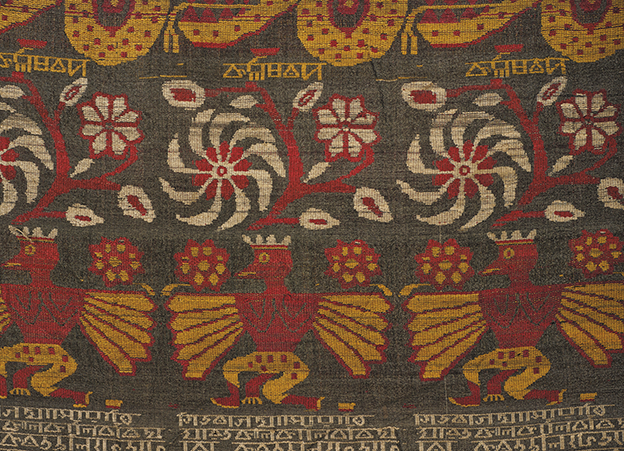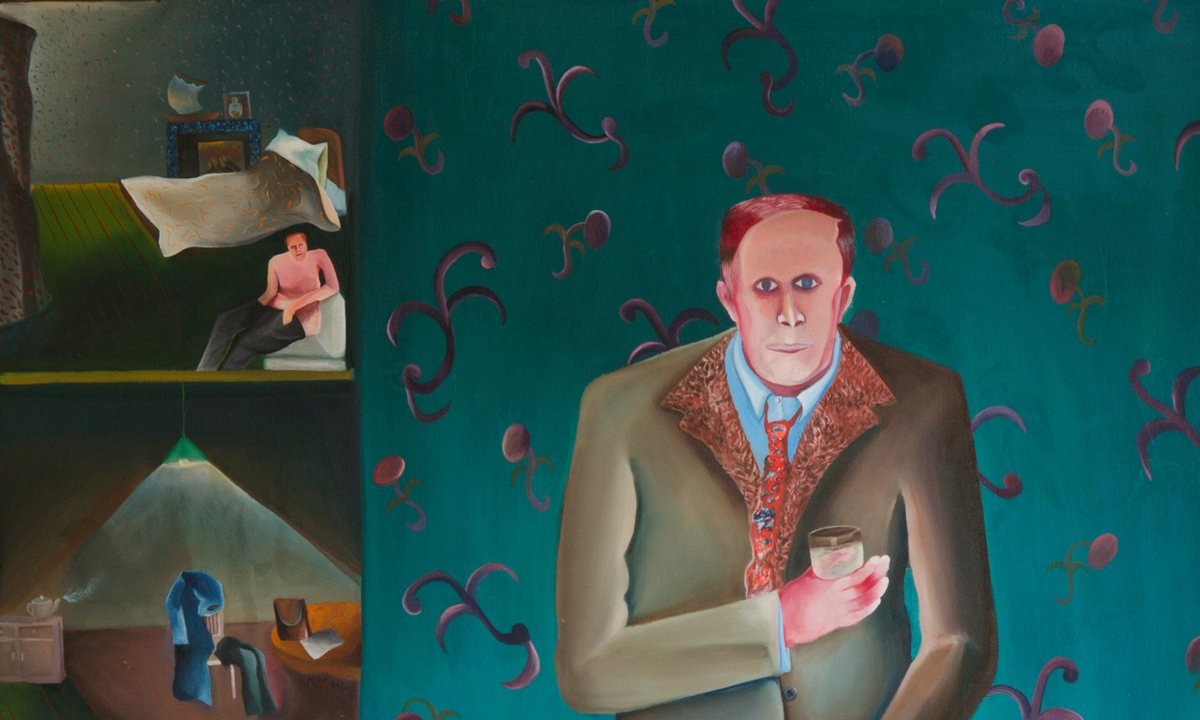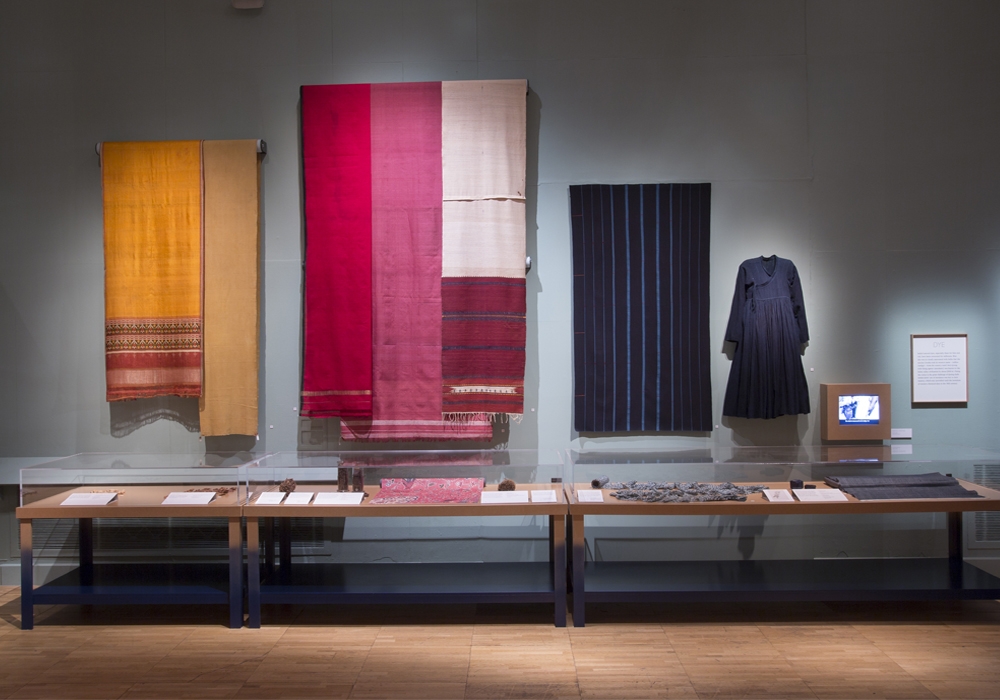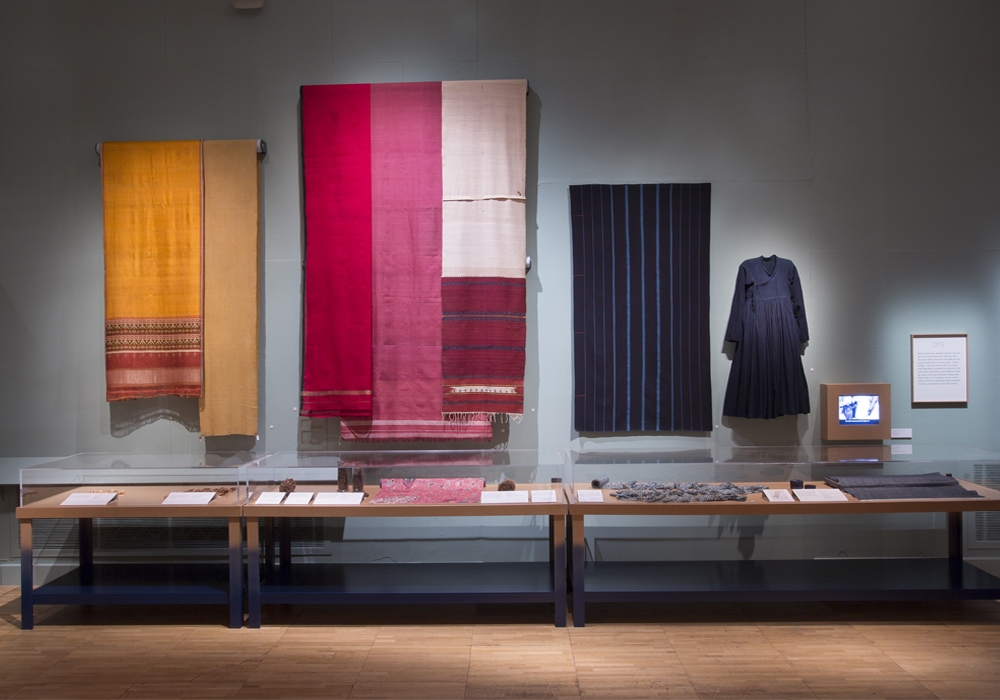Well before the UK Prime Minister announced 2017 as the UK-India Year of Culture, museums and arts organizations in Britain began showcasing the richness and diversity of Indian art through exhibitions, retrospectives and festivals. John Reeve gives us an overview of three major shows in 2015-2016.
The Fabric of India exhibition at the Victoria & Albert Museum ran from October 3, 2015 to January 10, 2016. Image courtesy V&A.
2016 has been a brilliant year for exploring the richness of Indian cultures in London. The V&A kicked off with the ‘Fabric of India’ exhibition, an astonishing show of Indian textiles, the first major UK exhibition to explore the dynamic and multifaceted world of handmade textiles from India, from the 3rd century to the present day. Showcasing the best of the V&A’s world-renowned collection together with masterpieces from international partners and leading designers, the exhibition featured over 200 objects, many on display for the first time.
It was curated by former V&A curator Rosemary Crill, author of many books and articles on Indian arts. It combined the technical with the visually stunning and culminated in two extraordinary exhibits – the remarkably well-preserved Mughal style tent brought back from India by Robert Clive, and a much less well-known bed festooned with Indian textiles from the former palace of the Austrian military hero Prince Eugen of Savoy.
The public loved this exhibition, with good reason: 110,165 visitors came and the beautiful accompanying catalogue sold 12,575 copies and is reprinting. The catalogue, edited by Rosemary Crill, is one of the most mouth-watering books on Indian art in recent years. The V&A also hosted a lecture series through the first half of 2016 with Robert Skelton, Dr B.N. Goswamy, and others as part of its India Festival.
 Detail of the ‘Vrindavani Vastra,’ a woven silk textile. From Assam, India, late 17th century. Image courtesy British Museum.
Detail of the ‘Vrindavani Vastra,’ a woven silk textile. From Assam, India, late 17th century. Image courtesy British Museum.
Meanwhile at the British Museum curator Richard Blurton created a gem of an exhibition around an Indian textile with an unusual story: ‘Krishna in the garden of Assam – the cultural context of an Indian textile,’ with another remarkable events programme (January 21 – August 15, 2016). The Vrindavani Vastra (literally ‘the cloth of Vrindavan’) was produced in Assam sometime in the late 17th century. It is made of woven silk and figured with scenes from the life of Krishna during the time he lived in the forest of Vrindavan. It was made to be used in the Krishna cult that developed following the ministry of the Assamese saint Shankaradeva (d. 1568). At over 9 metres long, it is the largest of its type to survive.
These Krishna narratives were recorded not only in music, drama and dance, but also in woven textile imagery.
The display also featured two film elements – an introductory film about Assam and contemporary devotion to Krishna filmed at the 2014 Ras Lila festival on Majuli island, and a new video artwork made for the exhibition by the Guwahati-based duo Mriganka Madhukalya and Sonal Jain from the Desire Machine Collective. At the associated conference we were treated to a longer version of the video showing monks identifying texts on the textile while huddled round Richard’s laptop, and we also were able to hear from them and to see them dance. Altogether, this was a very moving and celebratory occasion. A lecture, ‘Krishna in the Garden of Assam, the history and context of a much-traveled textile’ by Richard Blurton [BMP] accompanies this engrossing exhibition.
 Tate Modern hosted a Bhupen Khakhar retrospective titled “You Can’t Please All” from June 1 – November 6, 2016. Image courtesy Tate Modern.
Tate Modern hosted a Bhupen Khakhar retrospective titled “You Can’t Please All” from June 1 – November 6, 2016. Image courtesy Tate Modern.
Tate Modern has just been relaunched with a whole new building for modern and contemporary world art since 1960s attached to the converted power station that houses the modern part of the collection. This reflects a realisation in London (if not quite yet in Paris and New York) that modern art isn’t just produced by mainly white men and women in Europe and the Americas.
One of the accompanying exhibitions for the reborn Tate Modern is a welcome show for a great contemporary Indian artist little known in the UK, Bhupen Khakhar, titled You Can’t Please All. It was curated by Nada Raza, Assistant Curator for the Tate’s relatively new South Asian Acquisitions Committee, working on major acquisitions with a group of patrons. She also works closely with artists from south Asia. Nada worked on the Nasreen Mohamedi exhibition at Tate Liverpool in mid-2014. Mohamedi has also just featured in the opening exhibits for the new Met Breuer in New York, their new contemporary and modern art venue.
At last modern Indian art is beginning to be noticed after so many embarrassing years of ignorance in the west.
Quite hilariously, there was a health warning as you entered the Tate exhibition because of its (pretty mild) sexual content. What the health warning probably should have said to British audiences and certainly to a lot of British art curators was be prepared for vibrant colours and warm textures.
About the author
 John Reeve is the former Chair of Group for Education in Museums (GEM), taught at University College Institute Of Education, London, and an International Consultant on Rereeti’s Advisory Board.
John Reeve is the former Chair of Group for Education in Museums (GEM), taught at University College Institute Of Education, London, and an International Consultant on Rereeti’s Advisory Board.









Recent Comments